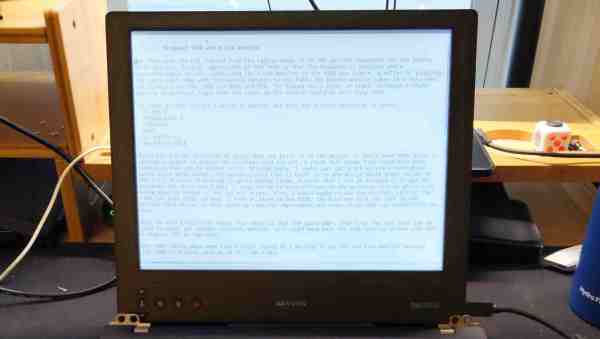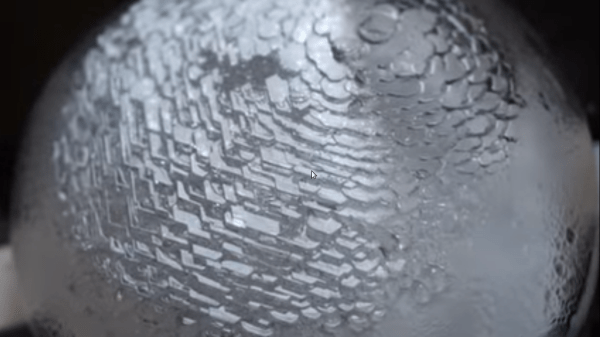Some of the most expensive hobbies have some of the more ingenious hacks on display, generally to lower the cost of entry to various parts the hobby itself. Amateur astronomy has expensive, necessary equipment such as telescopes and other optics, but also has a large group of people willing to build their own gear out of some surprising materials rather than buy pre-built equipment.
One of the latest telescopes from [The Amateur Engineer] uses several bowls from IKEA to build the mirror mount. It’s a variation of a Portaball telescope, which is similar to a Dobsonian telescope except that it is much easier to adjust and point in any direction. This “Portabowl” telescope uses two bowls epoxied together and weighted at the bottom as the core of the build. The mirror mounts inside the ball, and some supports are attached to it to hold the eyepiece and mount. With some paint and some minor adjustments it’s ready to go stargazing.
There are a few improvements to this build planned for the future, such as the creation of a larger ball that will make operating the scope easier. All in all, though, it’s an excellent example of amateur astronomy even without needing to go as far as grinding one’s own mirrors.















